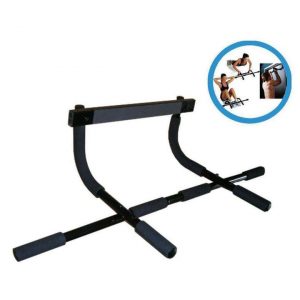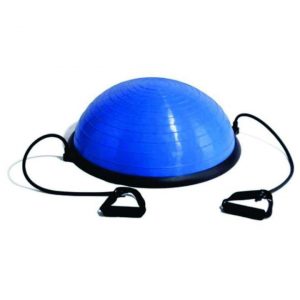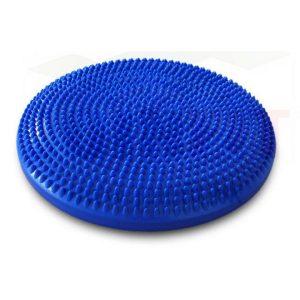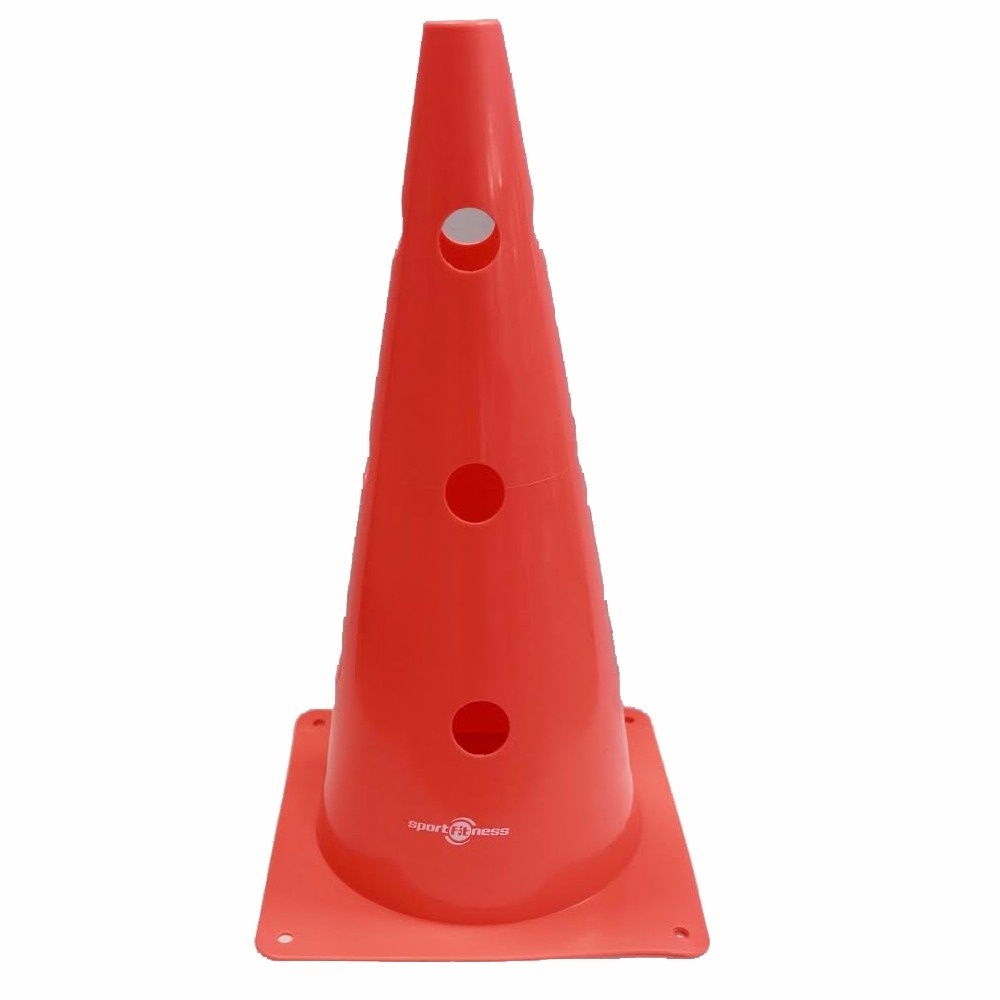Descripción:
- 6 perforaciones para postes de PVC,
- Material flexible, resiste impactos.
- Color naranja-rojo.
$15.668 Original price was: $15.668.$12.534Current price is: $12.534. IVA
Descripción:
| Peso | 1 kg |
|---|---|
| Dimensiones | 50 × 50 × 1 cm |
El cono de entrenamiento 15” Naranja de Sport Fitness es perfecto para trabajar tanto los músculos del core como los de la pierna. Además, permite mejorar la agilidad, la potencia, la velocidad y la coordinación.
Este cono es perfecto ya que resiste impactos debido a su material flexible. Asimismo, trae 6 perforaciones para postes de PVC. Es un cono que resalta por su color naranja-rojo.
Utilizar el cono de entrenamiento 15” Naranja de Sport Fitness en un entrenamiento es maravilloso. Esto se debe a que lo puedes utilizar para diferentes tipos de ejercicio que te ayuden a moldear tu cuerpo.
Pesas Tobilleras, Lazos, Accesorios para gimnasio, Colchonetas, Terabanes




Debes acceder para publicar una reseña.


Calificación
No hay Calificación aún.